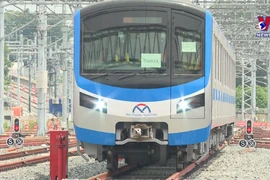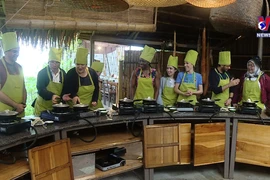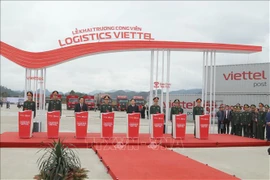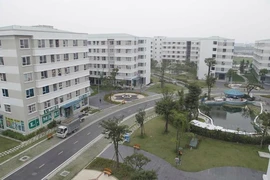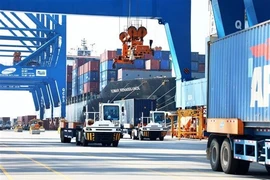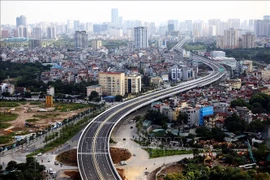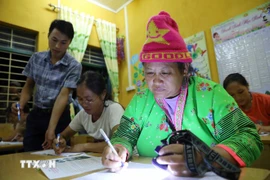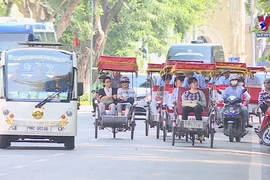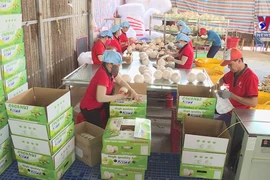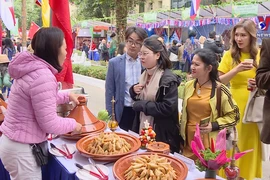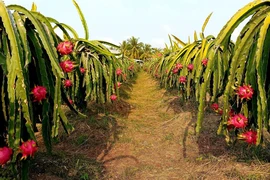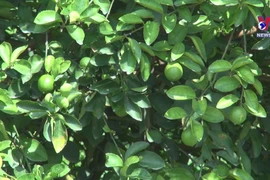After planting soybeans for a long period of time, Mr. Dang Quang Chieu in Cu Jut district, Dak Nong province, has only seen real profits in the past three years.
A business provided Chieu with new, high-yield and high-quality seeds that doubled his sales prices and very much improved his family’s income.
Many farmers in the area, after moving away from growing soybeans due to low productivity, are now planting the crop again.
This is attributed to the Vinasoy Soybean Research and Application Centre’s active research, selection, and testing of a non-GMO soybean variety from more than 1,530 precious genetic resources, which it provides to local farmers.
The area for soybean growing in Vietnam has continually declined since 2010, from nearly 198,000 hectares to just over 37,000 hectares. If this situation continues, Vietnam will face a shortage of 3.5-5 million tons of soybeans a year, and will have to outlay 2-3 billion USD on imports.
The main reason behind the decline is the low yield and poor quality of soybeans, which cannot compete with soybeans from elsewhere.
The active creation of high-quality soybean varieties will help businesses develop high-quality and stable raw material areas for agricultural processing.
Vietnam must still spend some 5 billion USD a year on importing soybeans and corn for domestic processing.
Resolving this issue cannot be done overnight, but with the cooperation of farmers and businesses, Vietnam is expected to soon ease its dependence on material imports./.
